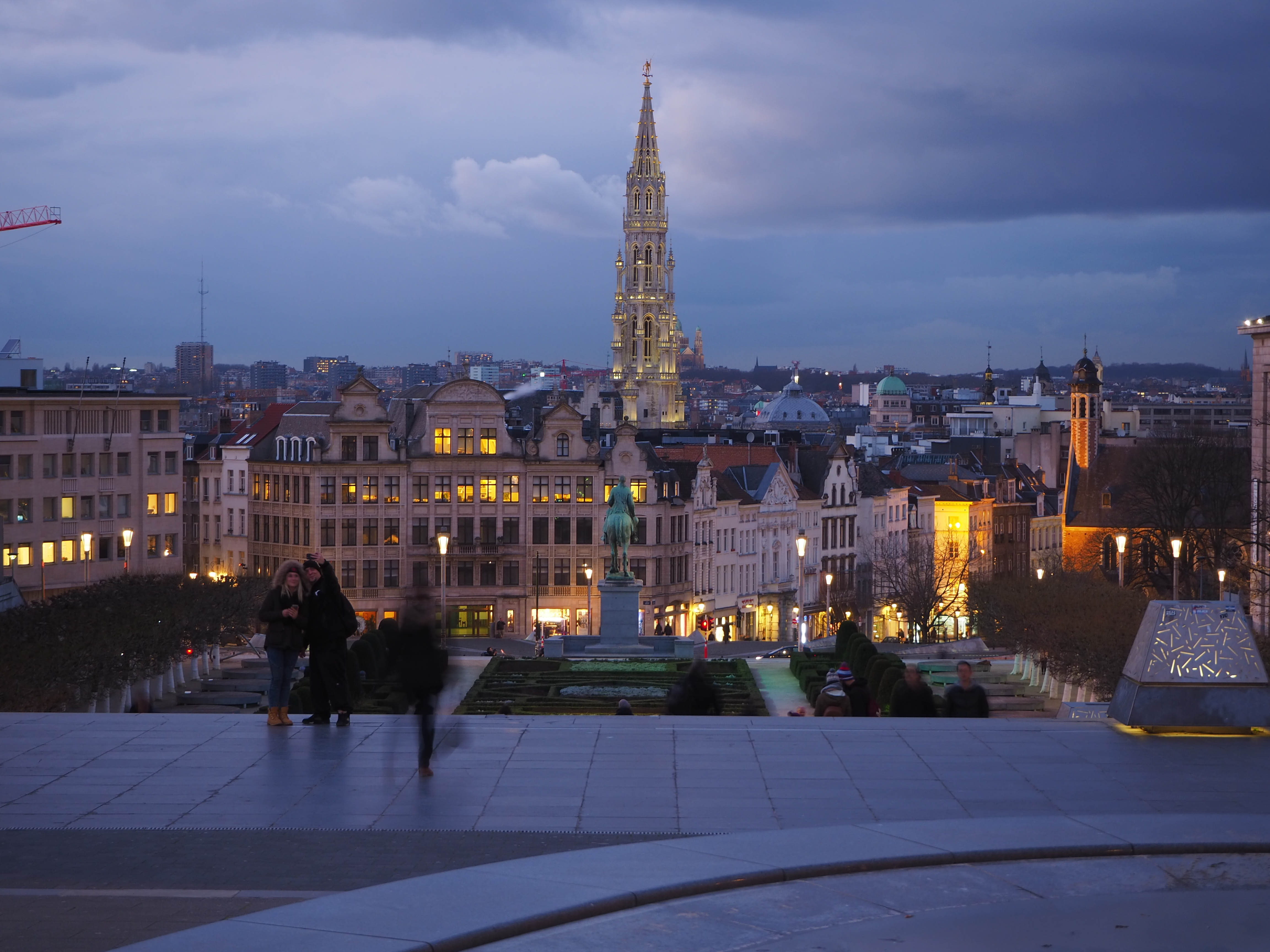Every day, tons of fresh food end up in the bin. What if you could save them from waste while getting a cut-price meal? The good news is, you actually can, and through your smartphone.
Roberta Arbinolo explains.
The app is called Too Good To Go. The concept is simple: by connecting consumers with local restaurants, cafes and bakeries that have unsold food, To Good To Go allows them to buy surplus for knockdown prices at the end of trading time.
Launched in Copenhagen in 2016, the app has taken Europe by storm and is now available in 12 countries, from Norway to Italy, Spain and Poland, with over 13 million app installs. This is not by chance: people across Europe are increasingly worried about food waste and hungry for solutions.
To Good To Go allows them to buy surplus for knockdown prices at the end of trading time. Launched in Copenhagen in 2016, the app has taken Europe by storm and is now available in 12 countries, from Norway to Italy, Spain and Poland, with over 13 million app installs. This is not by chance: people across Europe are increasingly worried about food waste and hungry for solutions.
About one third of all food globally produced is wasted or lost, and at a very high price. Throwing away perfectly edible food is not only a waste of the huge amounts of energy and natural resources needed to produce it, freeze it, store it, and transport it; it also creates dangerous emissions that pollute the air we breathe and accelerate climate breakdown.
According to the UN’s Food and Agricultural Organization (FAO), food waste has a global carbon footprint of about 8% of all global greenhouse gas emissions caused by humans. If food waste was a country, it would be the third biggest carbon emitter after the US and China. The waste of milk and meat products is particularly problematic: in Germany, the meat and dairy which end up in the garbage every year account for over 6% of the country’s methane emissions. At the same time, meat accounts for the highest amounts of water and nitrogen resources that are lost when edible food is thrown to the bin.
On the other hand, a 60% cut of food waste by 2030 could reduce Europe’s burden of land-use by an area greater than the size of Croatia, generate financial savings to European households of over €73 billion and prevent the emission of over 80 million tonnes of climate-harmful greenhouse gases.
According to Clean Air Farming, a joint project involving EEB members DUH and FNE, cutting the waste of meat and dairy products is key to reducing absolute emissions of methane and ammonia.
Ending food waste is also among the EU commitments to meet the UN’s sustainable development goals, and is expected to play a role within the new Commission’s Green New Deal.
On their end, Too Good To Go reports that the app has already helped save 19.8 million meals, and prevent 50,324 tons of CO2. The perfect solution to turn the tables on food waste?
For the EEB’s circular economy expert Piotr Barczak, initiatives such as Too Good To Go can raise awareness about the insane amount of fresh food that ends up in the garbage, while directly contributing to save some of it.
However, working on the supply level is key: “to get food waste off the table, supermarkets, restaurants and caterers need to stop overproducing in the first place, and adjust to have their stock empty by the end of the day.”
Another aspect not to be forgotten is packaging: “food waste and packaging waste often go hand in hand”, Barczak told META. “The app is already inviting users to bring a reusable bag to carry their savings home. It would be even better if they also encouraged them to bring reusable containers”.
At the end of the day, the success story of To Good To Go is yet another evidence of the growing appetite for a better food system that feeds people instead of bins.
This article first appeared in the Autumn edition of META, the EEB’s magazine. EEB members receive a printed copy four times a year. A PDF version is available to download.
Together with DUH, FNE and the Lake Constance Foundation, the EEB has launched the ‘Clean Air Farming‘ project to help reduce ammonia and methane emissions from agriculture.
The Project Clean Air Farming (LIFE17 GIE/DE/610 Air & Agriculture) is co-financed by the LIFE-Programme of the European Commission.




